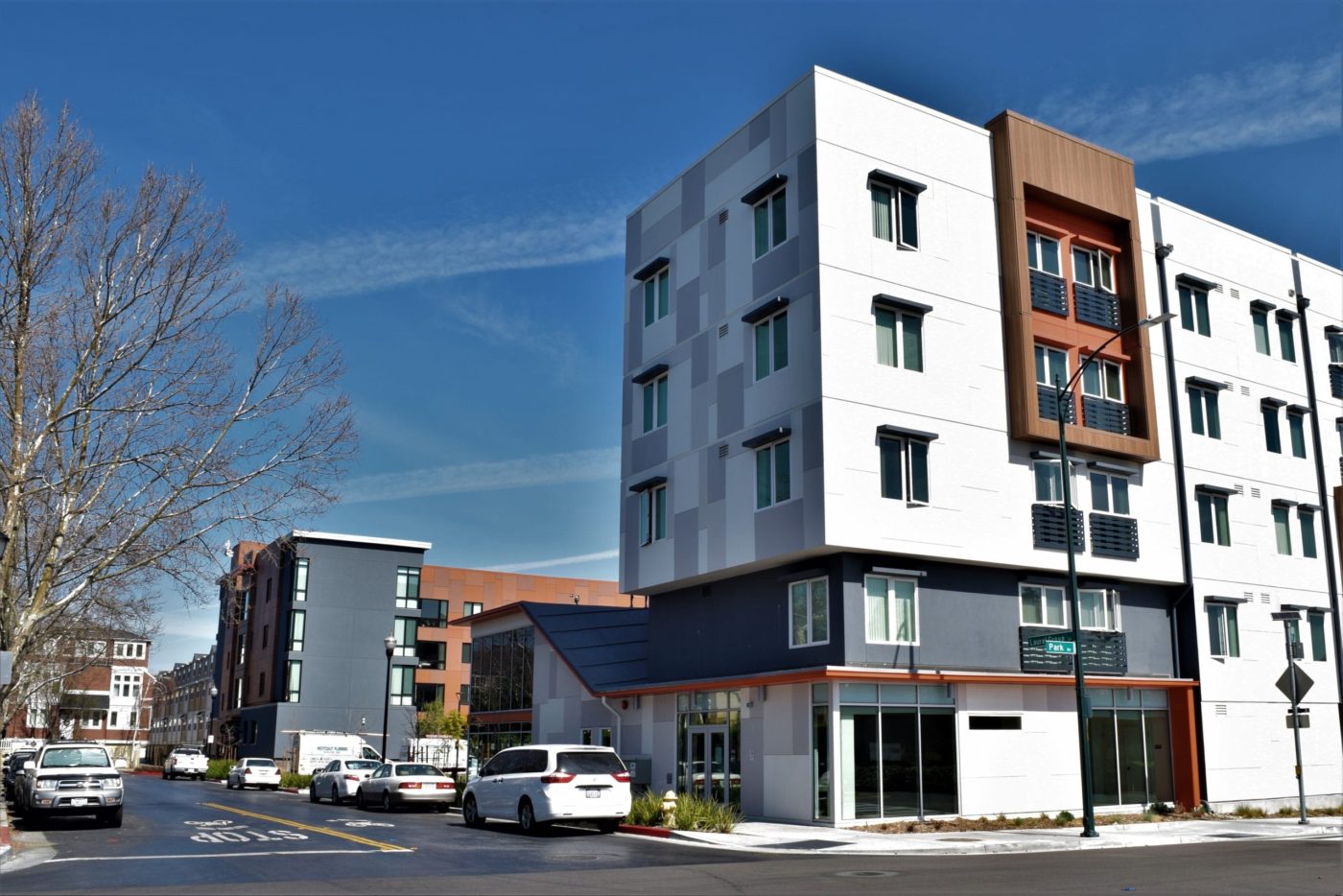San Jose’s first Assessment of Fair Housing shows clear patterns of racial segregation. These patterns have impacted generations of San Jose residents’ quality of life and denied their fair access to important opportunities such as high-quality education, employment, transit, healthcare, healthy food, clean air and parks for recreation. “If you look at the history of 101, It wasn’t an accident that it went where it did,” Mathew Reed, housing policy manager at Silicon Valley at Home, told San José Spotlight. “They frequently went through poorer communities so they ended up creating a boundary between richer and poorer. A lot of the divisions that we experience are policy decisions that were used to separate people by race and by classes.”
BY: Lloyd Alaban┃San Jose Spotlight
PUBLISHED: June 8, 2021
While activists maintain that San Jose’s housing policies are inherently segregated, a study undertaken by the city shows just how deep racial disparities go.
The city will discuss its preliminary Assessment of Fair Housing, an effort to give residents equal access to homes, at today’s City Council meeting.
“San Jose and jurisdictions across the United States have a long history of discrimination and segregation in housing,” reads a city memo. “These patterns have impacted generations of San Jose residents’ quality of life and denied their fair access to important opportunities such as high-quality education, employment, transit, healthcare, healthy food, clean air and parks for recreation.”

A map showing racial data of San Jose residents. Image courtesy U.S. Department of Housing and Urban Development/city of San Jose.
The city began its first Assessment of Fair Housing, or AFH, in 2019. It was scheduled to be heard by the council in spring 2020, but COVID-19 forced the housing department to redirect its resources to pandemic response.
The draft AFH shows that large patterns of housing segregation continue, with disparities in race and income depending on what side of Highway 101 residents live. Residents tend to be more white west of the highway, with high concentrations of white neighborhoods in Willow Glen and Cambrian, and some concentrations of Asian residents. East of 101, residents tend to be Latino and Asian, with high concentrations in Alum Rock.
Black residents, despite making up 2.5% of the population, comprise 17% of the homeless population. Native Americans account for 7.4% of unhoused residents despite making up less than 1% of the city’s population. Latinos comprise 43.7% of the homeless population despite making up just over a quarter of the city’s general population. In contrast, according to the report, White and Asian Americans are underrepresented in the homeless population.
“If you look at the history of 101, It wasn’t an accident that it went where it did,” Mathew Reed, housing policy manager at Silicon Valley at Home, told San José Spotlight. “They frequently went through poorer communities so they ended up creating a boundary between richer and poorer. A lot of the divisions that we experience are policy decisions that were used to separate people by race and by classes.”
The city also found that it has 75% of Santa Clara County’s racially and ethnically concentrated areas of poverty, or R/ECAPs. R/ECAPs are neighborhoods where the non-white population consists of 50% or more of the total population, and the percentage of individuals living in households with incomes below the poverty rate is either more than 40% or three times the average poverty rate for the metropolitan area, whichever is lower.
According to 2019 numbers from the U.S. Census Bureau, San Jose’s poverty rate is 8.7%. Data for 2020 will be available later this year.
“The city of San Jose needs to take intentional steps now to reduce the displacement of working families,” said Peter Ortiz, a trustee on the Santa Clara County Board of Education. “For far too long, East San Jose has been plagued with absentee landlords who have taken advantage of immigrant populations and communities of color.”

A chart showing San Jose’s general and homeless populations across race. Image courtesy of Destination: Home/city of San Jose.
The AFH found that discrimination in San Jose’s housing market continues to be an issue. Groups such as racial minorities, the disabled and the elderly disproportionately experience housing problems, displacement pressure and homelessness.
In a joint memo, Vice Mayor Chappie Jones and Councilmember Magdalena Carrasco proposed extending the AFH timeline to November so officials can gather extensive community outreach on fair housing and look into expanding policies that prevent landlord retaliation against tenants and policies that increase Black and Latino home ownership opportunities.
“To achieve justice, it is imperative that we as elected leaders find the will to implement the necessary changes in our policies and institutions,” the joint memo reads.
The Assessment of Fair Housing is based on a federal program created by the U.S. Department of Housing and Urban Development (HUD) in 2015 by the Obama administration to better carry out the 1968 Fair Housing Act. In 2018, HUD, under the direction of the Trump administration, made the completion of such a report optional.
In response, California passed Assembly Bill 686, which mandates cities and counties to incorporate fair housing initiatives into local housing policies.
The council will present its initial findings on the report today. Members plan to collect community feedback through meetings and other means during the summer, with a follow-up plan for policy implementation in the fall.
“This is the first step in the beginning of what hopefully will be an important conversation about how we as a city respond and do a better job in creating communities that are accessible to more people,” Reed said.
The San Jose City Council meets every Tuesday at 1:30 p.m. To watch the meeting, visit the council’s YouTube channel. To learn more about how you can participate, click here.
